HSBC 2015 Annual Report Download - page 349
Download and view the complete annual report
Please find page 349 of the 2015 HSBC annual report below. You can navigate through the pages in the report by either clicking on the pages listed below, or by using the keyword search tool below to find specific information within the annual report.-
 1
1 -
 2
2 -
 3
3 -
 4
4 -
 5
5 -
 6
6 -
 7
7 -
 8
8 -
 9
9 -
 10
10 -
 11
11 -
 12
12 -
 13
13 -
 14
14 -
 15
15 -
 16
16 -
 17
17 -
 18
18 -
 19
19 -
 20
20 -
 21
21 -
 22
22 -
 23
23 -
 24
24 -
 25
25 -
 26
26 -
 27
27 -
 28
28 -
 29
29 -
 30
30 -
 31
31 -
 32
32 -
 33
33 -
 34
34 -
 35
35 -
 36
36 -
 37
37 -
 38
38 -
 39
39 -
 40
40 -
 41
41 -
 42
42 -
 43
43 -
 44
44 -
 45
45 -
 46
46 -
 47
47 -
 48
48 -
 49
49 -
 50
50 -
 51
51 -
 52
52 -
 53
53 -
 54
54 -
 55
55 -
 56
56 -
 57
57 -
 58
58 -
 59
59 -
 60
60 -
 61
61 -
 62
62 -
 63
63 -
 64
64 -
 65
65 -
 66
66 -
 67
67 -
 68
68 -
 69
69 -
 70
70 -
 71
71 -
 72
72 -
 73
73 -
 74
74 -
 75
75 -
 76
76 -
 77
77 -
 78
78 -
 79
79 -
 80
80 -
 81
81 -
 82
82 -
 83
83 -
 84
84 -
 85
85 -
 86
86 -
 87
87 -
 88
88 -
 89
89 -
 90
90 -
 91
91 -
 92
92 -
 93
93 -
 94
94 -
 95
95 -
 96
96 -
 97
97 -
 98
98 -
 99
99 -
 100
100 -
 101
101 -
 102
102 -
 103
103 -
 104
104 -
 105
105 -
 106
106 -
 107
107 -
 108
108 -
 109
109 -
 110
110 -
 111
111 -
 112
112 -
 113
113 -
 114
114 -
 115
115 -
 116
116 -
 117
117 -
 118
118 -
 119
119 -
 120
120 -
 121
121 -
 122
122 -
 123
123 -
 124
124 -
 125
125 -
 126
126 -
 127
127 -
 128
128 -
 129
129 -
 130
130 -
 131
131 -
 132
132 -
 133
133 -
 134
134 -
 135
135 -
 136
136 -
 137
137 -
 138
138 -
 139
139 -
 140
140 -
 141
141 -
 142
142 -
 143
143 -
 144
144 -
 145
145 -
 146
146 -
 147
147 -
 148
148 -
 149
149 -
 150
150 -
 151
151 -
 152
152 -
 153
153 -
 154
154 -
 155
155 -
 156
156 -
 157
157 -
 158
158 -
 159
159 -
 160
160 -
 161
161 -
 162
162 -
 163
163 -
 164
164 -
 165
165 -
 166
166 -
 167
167 -
 168
168 -
 169
169 -
 170
170 -
 171
171 -
 172
172 -
 173
173 -
 174
174 -
 175
175 -
 176
176 -
 177
177 -
 178
178 -
 179
179 -
 180
180 -
 181
181 -
 182
182 -
 183
183 -
 184
184 -
 185
185 -
 186
186 -
 187
187 -
 188
188 -
 189
189 -
 190
190 -
 191
191 -
 192
192 -
 193
193 -
 194
194 -
 195
195 -
 196
196 -
 197
197 -
 198
198 -
 199
199 -
 200
200 -
 201
201 -
 202
202 -
 203
203 -
 204
204 -
 205
205 -
 206
206 -
 207
207 -
 208
208 -
 209
209 -
 210
210 -
 211
211 -
 212
212 -
 213
213 -
 214
214 -
 215
215 -
 216
216 -
 217
217 -
 218
218 -
 219
219 -
 220
220 -
 221
221 -
 222
222 -
 223
223 -
 224
224 -
 225
225 -
 226
226 -
 227
227 -
 228
228 -
 229
229 -
 230
230 -
 231
231 -
 232
232 -
 233
233 -
 234
234 -
 235
235 -
 236
236 -
 237
237 -
 238
238 -
 239
239 -
 240
240 -
 241
241 -
 242
242 -
 243
243 -
 244
244 -
 245
245 -
 246
246 -
 247
247 -
 248
248 -
 249
249 -
 250
250 -
 251
251 -
 252
252 -
 253
253 -
 254
254 -
 255
255 -
 256
256 -
 257
257 -
 258
258 -
 259
259 -
 260
260 -
 261
261 -
 262
262 -
 263
263 -
 264
264 -
 265
265 -
 266
266 -
 267
267 -
 268
268 -
 269
269 -
 270
270 -
 271
271 -
 272
272 -
 273
273 -
 274
274 -
 275
275 -
 276
276 -
 277
277 -
 278
278 -
 279
279 -
 280
280 -
 281
281 -
 282
282 -
 283
283 -
 284
284 -
 285
285 -
 286
286 -
 287
287 -
 288
288 -
 289
289 -
 290
290 -
 291
291 -
 292
292 -
 293
293 -
 294
294 -
 295
295 -
 296
296 -
 297
297 -
 298
298 -
 299
299 -
 300
300 -
 301
301 -
 302
302 -
 303
303 -
 304
304 -
 305
305 -
 306
306 -
 307
307 -
 308
308 -
 309
309 -
 310
310 -
 311
311 -
 312
312 -
 313
313 -
 314
314 -
 315
315 -
 316
316 -
 317
317 -
 318
318 -
 319
319 -
 320
320 -
 321
321 -
 322
322 -
 323
323 -
 324
324 -
 325
325 -
 326
326 -
 327
327 -
 328
328 -
 329
329 -
 330
330 -
 331
331 -
 332
332 -
 333
333 -
 334
334 -
 335
335 -
 336
336 -
 337
337 -
 338
338 -
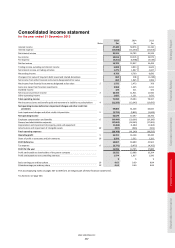 339
339 -
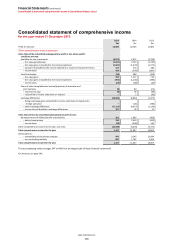 340
340 -
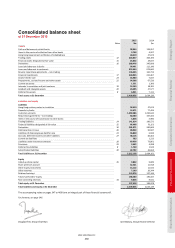 341
341 -
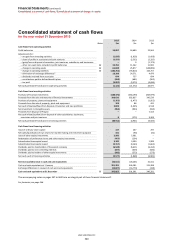 342
342 -
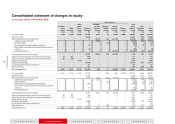 343
343 -
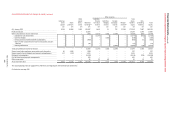 344
344 -
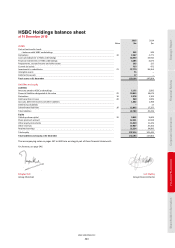 345
345 -
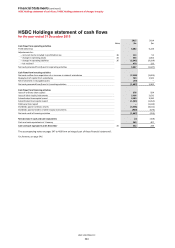 346
346 -
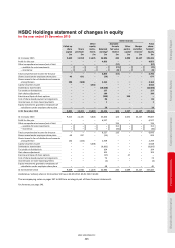 347
347 -
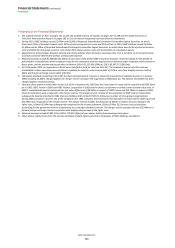 348
348 -
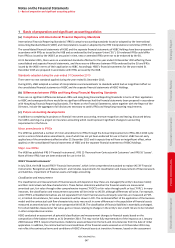 349
349 -
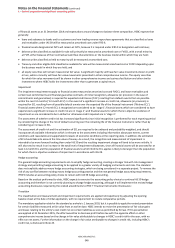 350
350 -
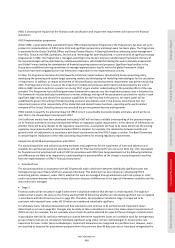 351
351 -
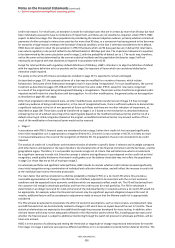 352
352 -
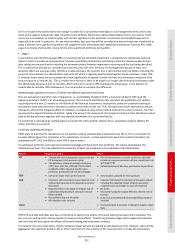 353
353 -
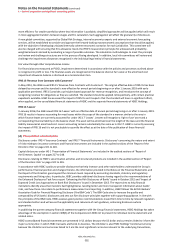 354
354 -
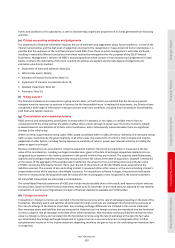 355
355 -
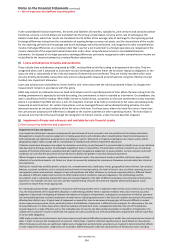 356
356 -
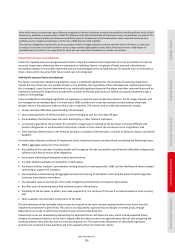 357
357 -
 358
358 -
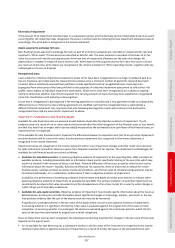 359
359 -
 360
360 -
 361
361 -
 362
362 -
 363
363 -
 364
364 -
 365
365 -
 366
366 -
 367
367 -
 368
368 -
 369
369 -
 370
370 -
 371
371 -
 372
372 -
 373
373 -
 374
374 -
 375
375 -
 376
376 -
 377
377 -
 378
378 -
 379
379 -
 380
380 -
 381
381 -
 382
382 -
 383
383 -
 384
384 -
 385
385 -
 386
386 -
 387
387 -
 388
388 -
 389
389 -
 390
390 -
 391
391 -
 392
392 -
 393
393 -
 394
394 -
 395
395 -
 396
396 -
 397
397 -
 398
398 -
 399
399 -
 400
400 -
 401
401 -
 402
402 -
 403
403 -
 404
404 -
 405
405 -
 406
406 -
 407
407 -
 408
408 -
 409
409 -
 410
410 -
 411
411 -
 412
412 -
 413
413 -
 414
414 -
 415
415 -
 416
416 -
 417
417 -
 418
418 -
 419
419 -
 420
420 -
 421
421 -
 422
422 -
 423
423 -
 424
424 -
 425
425 -
 426
426 -
 427
427 -
 428
428 -
 429
429 -
 430
430 -
 431
431 -
 432
432 -
 433
433 -
 434
434 -
 435
435 -
 436
436 -
 437
437 -
 438
438 -
 439
439 -
 440
440 -
 441
441 -
 442
442 -
 443
443 -
 444
444 -
 445
445 -
 446
446 -
 447
447 -
 448
448 -
 449
449 -
 450
450 -
 451
451 -
 452
452 -
 453
453 -
 454
454 -
 455
455 -
 456
456 -
 457
457 -
 458
458 -
 459
459 -
 460
460 -
 461
461 -
 462
462 -
 463
463 -
 464
464 -
 465
465 -
 466
466 -
 467
467 -
 468
468 -
 469
469 -
 470
470 -
 471
471 -
 472
472 -
 473
473 -
 474
474 -
 475
475 -
 476
476 -
 477
477 -
 478
478 -
 479
479 -
 480
480 -
 481
481 -
 482
482 -
 483
483 -
 484
484 -
 485
485 -
 486
486 -
 487
487 -
 488
488 -
 489
489 -
 490
490 -
 491
491 -
 492
492 -
 493
493 -
 494
494 -
 495
495 -
 496
496 -
 497
497 -
 498
498 -
 499
499 -
 500
500 -
 501
501 -
 502
502
 |
 |

Notes on the Financial Statements
1 – Basis of preparation and significant accounting policies
HSBC HOLDINGS PLC
347
Strategic Report Financial Review Corporate Governance Financial Statements Shareholder Information
1 Basis of preparation and significant accounting policies
(a) Compliance with International Financial Reporting Standards
International Financial Reporting Standards (‘IFRSs’) comprise accounting standards issued or adopted by the International
Accounting Standards Board (‘IASB’) and interpretations issued or adopted by the IFRS Interpretations Committee (‘IFRS IC’).
The consolidated financial statements of HSBC and the separate financial statements of HSBC Holdings have been prepared in
accordance with IFRSs as issued by the IASB and as endorsed by the European Union (‘EU’). EU-endorsed IFRSs could differ
from IFRSs as issued by the IASB if, at any point in time, new or amended IFRSs were not to be endorsed by the EU.
At 31 December 2015, there were no unendorsed standards effective for the year ended 31 December 2015 affecting these
consolidated and separate financial statements, and there was no difference between IFRSs endorsed by the EU and IFRSs
issued by the IASB in terms of their application to HSBC. Accordingly, HSBC’s financial statements for the year ended 31
December 2015 are prepared in accordance with IFRSs as issued by the IASB.
Standards adopted during the year ended 31 December 2015
There were no new standards applied during the year ended 31 December 2015.
During 2015, HSBC adopted a number of interpretations and amendments to standards which had an insignificant effect on
the consolidated financial statements of HSBC and the separate financial statements of HSBC Holdings.
(b) Differences between IFRSs and Hong Kong Financial Reporting Standards
There are no significant differences between IFRSs and Hong Kong Financial Reporting Standards in terms of their application
to HSBC and consequently there would be no significant differences had the financial statements been prepared in accordance
with Hong Kong Financial Reporting Standards. The Notes on the Financial Statements, taken together with the Report of the
Directors, include the aggregate of all disclosures necessary to satisfy IFRSs and Hong Kong reporting requirements.
(c) Future accounting developments
In addition to completing its projects on financial instrument accounting, revenue recognition and leasing, discussed below,
the IASB is working on a project on insurance accounting which could represent significant changes to accounting
requirements in the future.
Minor amendments to IFRSs
The IASB has published a number of minor amendments to IFRSs through the Annual Improvements to IFRSs 2012–2014 cycle
and in a series of stand-alone amendments, one of which has not yet been endorsed for use in the EU. HSBC has not early
applied any of the amendments effective after 31 December 2015 and it expects they will have an insignificant effect, when
applied, on the consolidated financial statements of HSBC and the separate financial statements of HSBC Holdings.
Major new IFRSs
The IASB has published IFRS 9 ‘Financial Instruments’, IFRS 15 ‘Revenue from Contracts with Customers’ and IFRS 16 ‘Leases’.
None of these IFRSs have yet been endorsed for use in the EU.
IFRS 9 ‘Financial Instruments’
In July 2014, the IASB issued IFRS 9 ‘Financial Instruments’, which is the comprehensive standard to replace IAS 39 ‘Financial
Instruments: Recognition and Measurement’, and includes requirements for classification and measurement of financial assets
and liabilities, impairment of financial assets and hedge accounting.
Classification and measurement
The classification and measurement of financial assets will depend on how these are managed (the entity’s business model)
and their contractual cash flow characteristics. These factors determine whether the financial assets are measured at
amortised cost, fair value through other comprehensive income (‘FVOCI’) or fair value through profit or loss (‘FVPL’). In many
instances, the classification and measurement outcomes will be similar to IAS 39, although differences will arise. For example,
under IFRS 9, embedded derivatives are not separated from host financial assets and equity securities are measured at FVPL
or, in limited circumstances, fair value movements will be shown in OCI. The combined effect of the application of the business
model and the contractual cash flow characteristics tests may result in some differences in the population of financial assets
measured at amortised cost or fair value compared with IAS 39. The classification of financial liabilities is essentially unchanged.
For certain liabilities measured at fair value, gains or losses relating to changes in the entity’s own credit risk are to be included
in other comprehensive income.
HSBC conducted an assessment of potential classification and measurement changes to financial assets based on the
composition of the balance sheet as at 31 December 2014. This may not be fully representative of the impact as at 1 January
2018 because IFRS 9 requires that business models be assessed based on the facts and circumstances from the date of initial
application. In addition, the contractual terms and conditions of the financial assets assessed as at 31 December 2014 may
not reflect the contractual terms and conditions of HSBC’s financial assets at transition. However, based on the assessment
